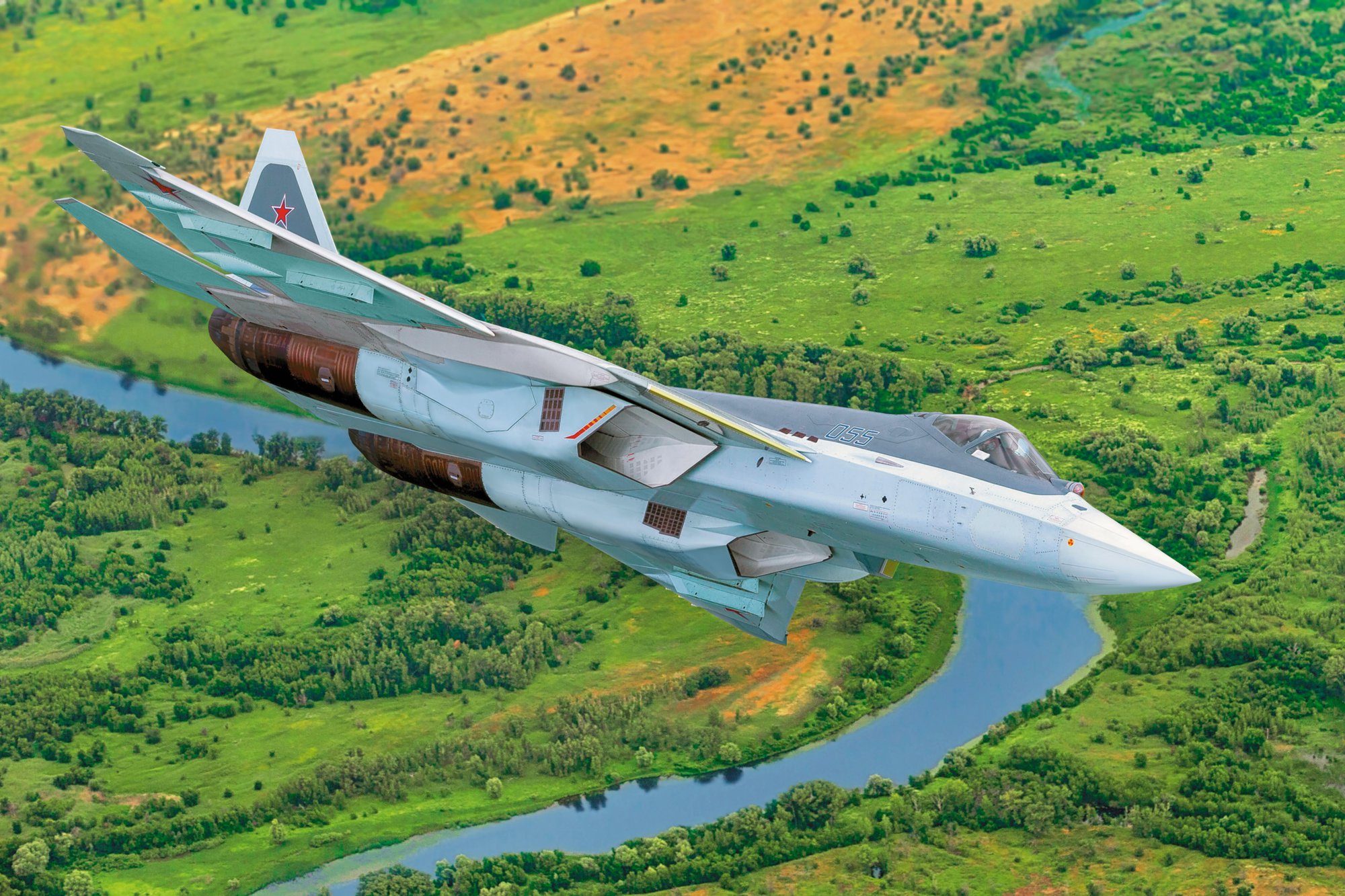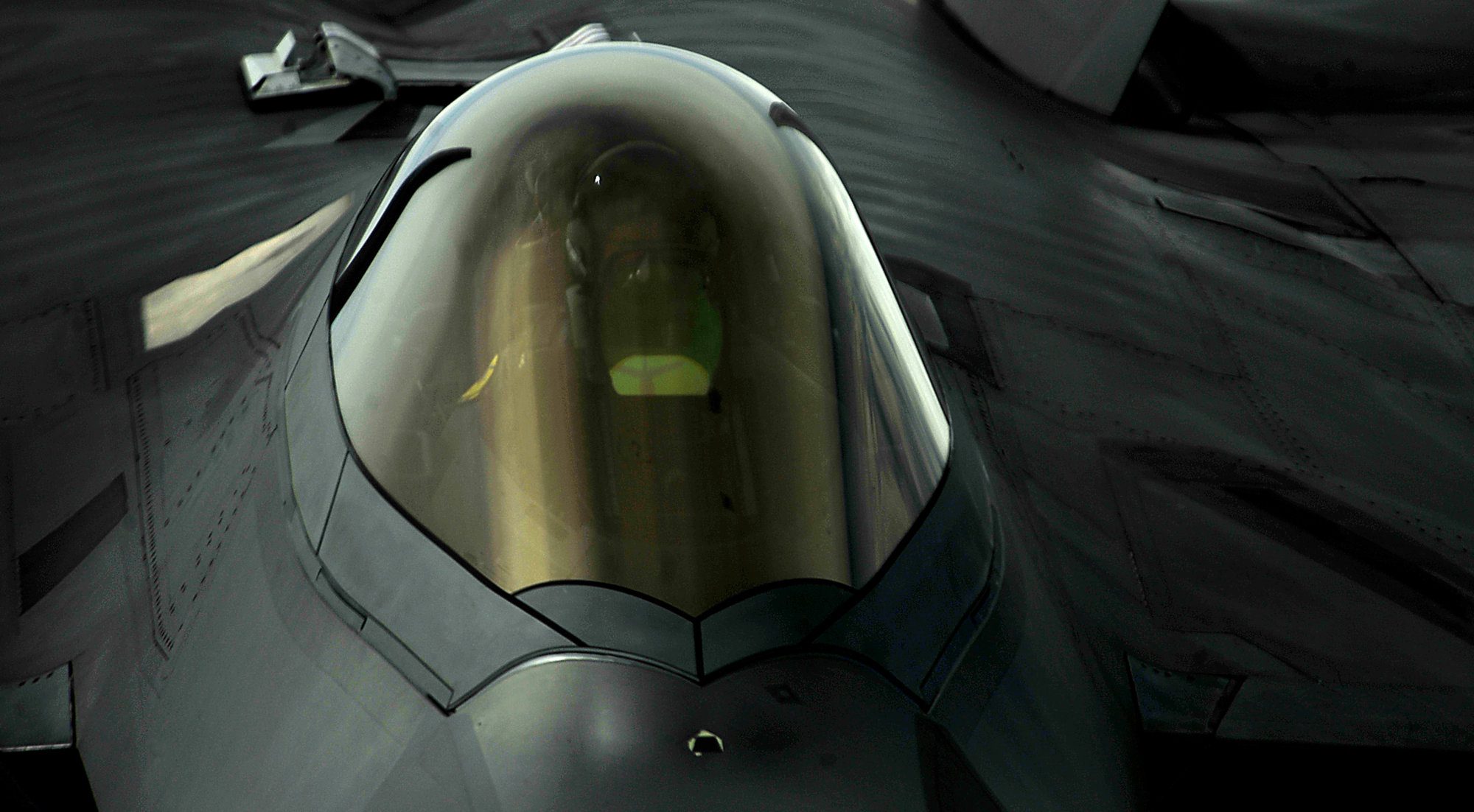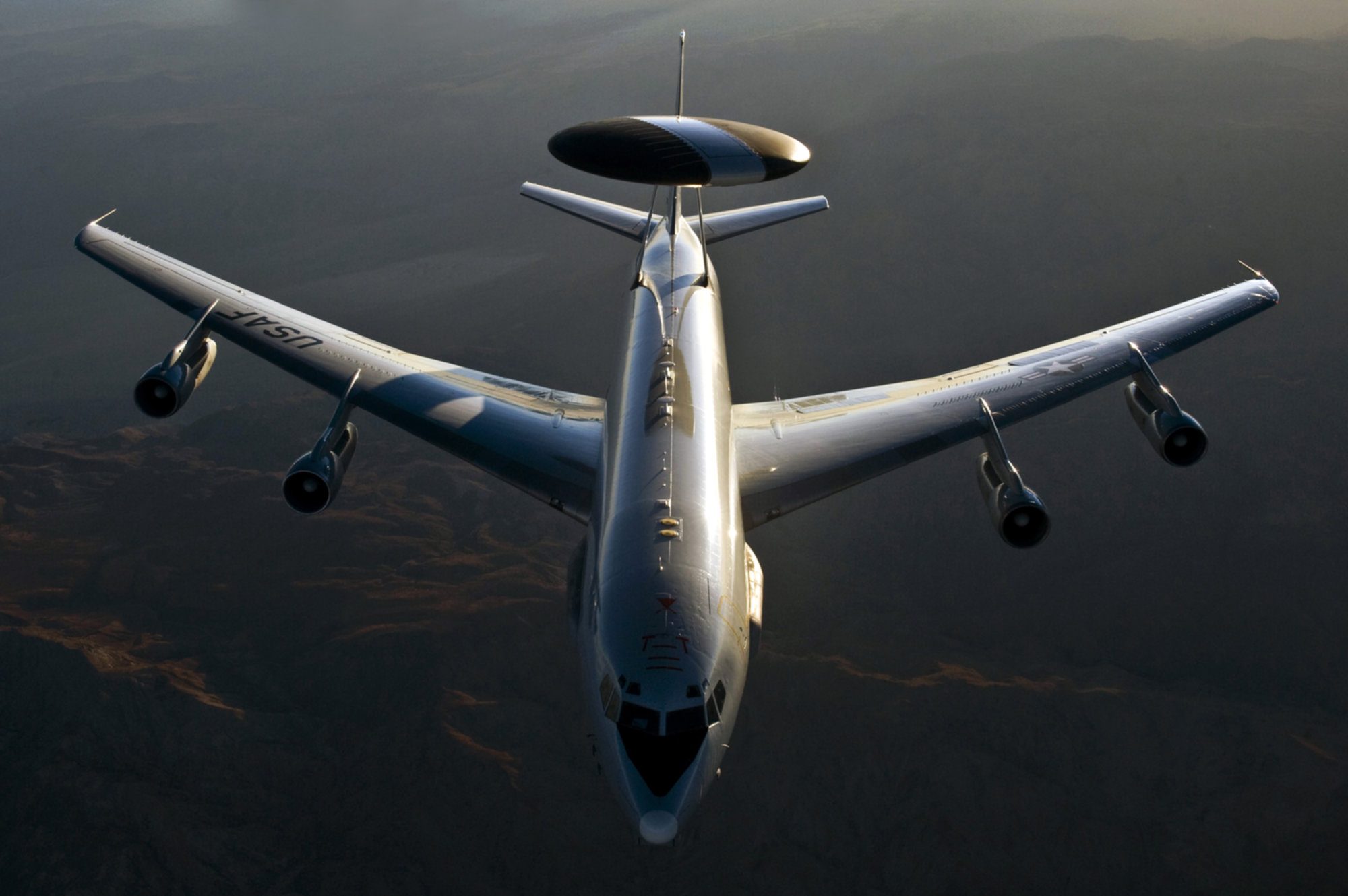Surviving and Succeeding in Today’s Threat Environment
The United States faces an inflection point with respect to power projection in an increasingly dangerous, contested, and complex security environment.
Ever since the end of the Cold War, Americans have assumed their nation possessed military superiority, no matter the situation. However, the actions of multiple competing nations are steadily eroding this advantage. China and Russia are concurrently developing strategies and fielding advanced capabilities specially designed to counter US combat power. Emboldened, these countries are using their enhanced militaries to underwrite strategies that challenge US interests around the globe. Further down the threat spectrum, countries like North Korea and Iran—once isolated regional actors—have increasingly extended their power through robust defenses and offensive ballistic missiles. Non-state actors, often armed by aligned state sponsors, are also increasingly dangerous.
The June 2019 Iranian shoot down of a US Navy Broad Area Maritime Surveillance (BAMS) high altitude reconnaissance aircraft and Houthi rebels in Yemen successfully downing an MQ-9 Reaper emphasize the uniform lack of sanctuary across key regions around the world—from nation state adversaries to non-state actors. An overt confrontation against a peer state like Russia or China would yield exceedingly challenging scenarios that would press US combat forces to their limits.
Adversaries have had nearly three decades to study the way in which the US executes military operations. Resulting investments have focused both upon defensive measures like advanced surface-to-air missiles and fighter aircraft, combined with offensive capabilities that have the potential to hold US operating facilities, logistics lines, and command and control centers at risk. The combined set of defensive and offensive capacities speaks to a stark evolution in the challenge facing US forces, especially when it comes to successfully harnessing aerospace power. Ever since the end of the Cold War, US air crews expected to face stiff opposition when crossing into hostile territory, but once they crossed into friendly territory, it was safe to assume operational sanctuary. That forward deployed safety is now under threat, with enemy defenses rapidly growing.

These opposing capabilities, highly integrated in design and employment, include advanced air defense systems; long range precision strike that can hold US installations and supply chains at risk; deployed, decentralized airborne command and control that can prudently direct enemy air operations for greatest desired effect both defensively and offensively; robust intelligence, surveillance, and reconnaissance (ISR) functions to understand the operating environment; and enhanced computing capacity to rapidly process and fuse disparate data inputs into actionable information. Said another way, enemy commanders will likely be able to target American and allied forces in future conflicts with an incredibly lethal combination of range, precision, and mass. The US has never faced these types of threats and they promise to be incredibly lethal.
Strategies, operational practices, and military hardware built for the 20th century can no longer be assumed to be “good enough.” Factors like wartime attrition and reserve forces must be considered again. Mass, concurrency, and survivable power projection becomes increasingly important given the scale and scope of these new challenges. Missions like air superiority and infrastructure defense are returning to the forefront as essential conditions for successful military aerospace operations.
This means that the Air Force must rapidly realign its capabilities and capacity with a requirements-driven force, not one shaped by arbitrary budget targets. Rather than just buying more of what the service already has, the United States needs the right balance of capabilities to ensure leaders are empowered by policy options that best serve the nation. To this point, just 18 percent of US Air Force fighter aircraft have the stealth attributes to survive in contested airspace. This ratio must adjust radically in the near term to ensure combat aircrews can execute their missions and get home safe. The picture is even worse in the bomber inventory, with a mere 20 B-2s standing as the nation’s lone long-range stealthy strike aircraft. B-21s must enter the inventory in a rapid, high volume fashion to guarantee leaders the ability to strike key targets at range. The operational sanctuary enjoyed over Afghanistan and Iraq in post 9/11 operations created a false sense of complacency and it is time to rapidly reset the force.
Combat Air Force attributes required in the modern threat environment:
Fifth Generation
The attributes below, while helpful on their own, gain tremendous effectiveness when fused within a single aircraft. That is the true power inherent within the F-22, F-35, and the future Next Generation Air Dominance (NGAD) system. Larger airplanes, like the B-21 may not focus on speed and maneuverability, but unique design attributes allow them to double down on other strengths like stealth, electronic warfare, and cyber functionality. Bottom line: fifth generation centers upon highly collaborative design attributes with the combined package dramatically complicating an adversary’s defensive calculus.
Stealth
Carefully calculated airframe shaping, radar absorbent coatings, and operational tactics to avoid detection by enemy fire control radars. Stealth is not a binary capability either working or not—it is a combined set of attributes that complicate an enemy’s ability to find, fix, target, track, and engage aircraft. Just because an enemy can “see” an aircraft does not mean it can guide a weapon to a successful intercept. Stealth complicates each and every step in the engagement process.
Stealth
Carefully calculated airframe shaping, radar absorbent coatings, and operational tactics to avoid detection by enemy fire control radars. Stealth is not a binary capability either working or not—it is a combined set of attributes that complicate an enemy’s ability to find, fix, target, track, and engage aircraft. Just because an enemy can “see” an aircraft does not mean it can guide a weapon to a successful intercept. Stealth complicates each and every step in the engagement process.

Electronic Warfare
The electromagnetic spectrum is a key domain that involves everything from radar to communication waveforms. After years of neglecting this important mission area, the Air Force needs to aggressively press forward in developing and acquiring leading edge electronic warfare capabilities, while also championing the operational experts in this realm.
Electronic Warfare
The electromagnetic spectrum is a key domain that involves everything from radar to communication waveforms. After years of neglecting this important mission area, the Air Force needs to aggressively press forward in developing and acquiring leading edge electronic warfare capabilities, while also championing the operational experts in this realm.

Cyberspace
Almost every mission undertaken in the aerospace realm is facilitated by data moving through networks. Whether it is command and control information, technical data exchange between various mission systems, or offensive actions—cyberspace is an essential pillar facilitating today’s missions. This requires cutting edge equipment, agile software updates, and well-trained operators. The bureaucracy that was used to acquire and sustain industrial age hardware in past decades is inadequate to maintain competent information age operations.
Cyberspace
Almost every mission undertaken in the aerospace realm is facilitated by data moving through networks. Whether it is command and control information, technical data exchange between various mission systems, or offensive actions—cyberspace is an essential pillar facilitating today’s missions. This requires cutting edge equipment, agile software updates, and well-trained operators. The bureaucracy that was used to acquire and sustain industrial age hardware in past decades is inadequate to maintain competent information age operations.

Speed, Maneuverability, and Agility
Since the opening days of combat aviation in World War One, the ability to outpace and outmaneuver an adversary has stood as an important attribute. This still holds true, with modern requirements driving performance to extremely advanced levels.
Speed, Maneuverability, and Agility
Since the opening days of combat aviation in World War One, the ability to outpace and outmaneuver an adversary has stood as an important attribute. This still holds true, with modern requirements driving performance to extremely advanced levels.

Range and Payload
The ability to transit vast distances is crucial in operating environments where regional bases may be unusable due to enemy attack or where bases simply do not exist due to geographic realities, like in the Pacific, stands as an increasingly important aerospace power attribute. Added to this, aircraft need to have deep magazine depth, whether discussing air-to-air or air-to-ground missions. Flying vast distances to reach a desired operating location, but running out of desired munitions is not an efficient or effective way to employ combat power.

Capacity
Numbers matter. Never in its history has the Air Force operated such a small, aged aircraft inventory. 186 F-22s, 200 F-35s, and 20 B-2s comprise the Air Force’s entire stealth combat aircraft capacity. Modern operations demand far larger numbers of modern aircraft. Other aircraft types in service, many of which predate the Vietnam War, would prove wholly inadequate in modern threat environments.

